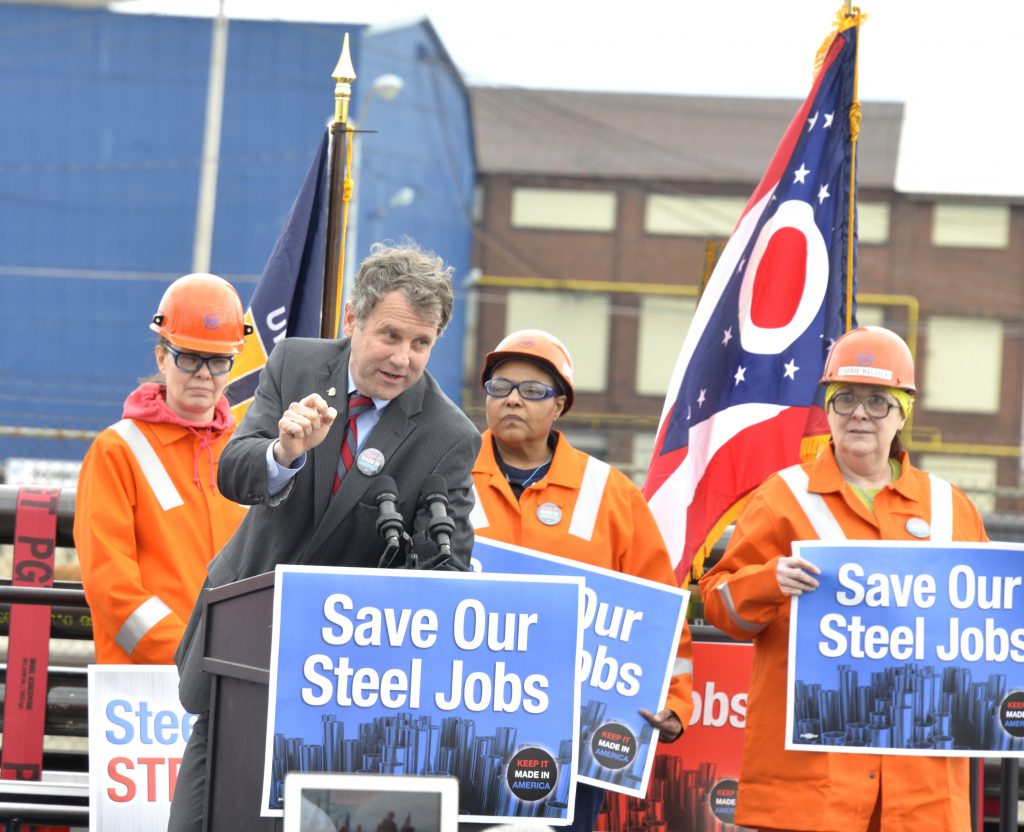
Steel industries in the United States, North America, and Europe are suffering due to China.
A flood of dumped, subsidized imports is hurting the US steel industry, company executives said on Thursday. Steel imports into the U.S. rose 36 percent in 2014, and in the first nine months of 2015 they have captured 30 percent of the market. That's a record high, according to the American Iron and Steel Institute (AISI).
The domestic steel industry has weathered flooding imports before. In 2014, AAM organized the Save Our Steel Jobs campaign to raise awareness about flooding steel imports from South Korea.
So is this time any different? “Yes,” said U.S. Steel CEO Mario Longhi. “Overcapacity makes it different.”
Global steelmaking overcapacity is on the rise as China ramps up production, even while its own economy and internal consumption slows. Rather than cutting back production, China is exporting its excess steel at below-market prices, harming U.S. producers and American workers.
There’s a growing consensus that China’s overcapacity doesn’t just hurt global firms, but its own economic growth too. Sean Miner, of the Peterson Institute for International Economics, recently wrote on the subject:
One of China’s top economists, Liu He, recently noted, China has a need for ‘intensified efforts to shut down zombie firms and an end to overcapacity.’
Back in Washington, Congress has left tools on the table that could help the industry combat this unfair trade, like the Customs and Trade Enforcement legislation that passed the Senate in May and has since stalled.
Manufacturing has not added a single net job since January. That's a cold fact, that the executives noted on their press call. “The steel industry, and manufacturing as a whole, is decoupled from the recovery in the rest of the U.S. economy,” said AISI vice chairman John Ferriola.
